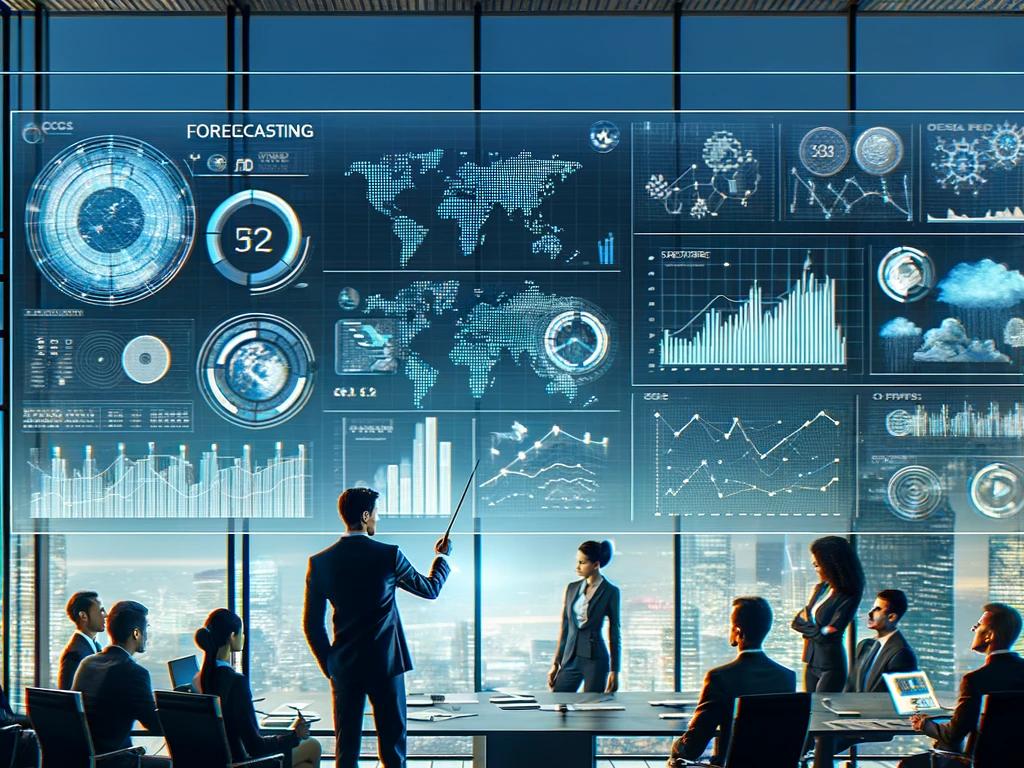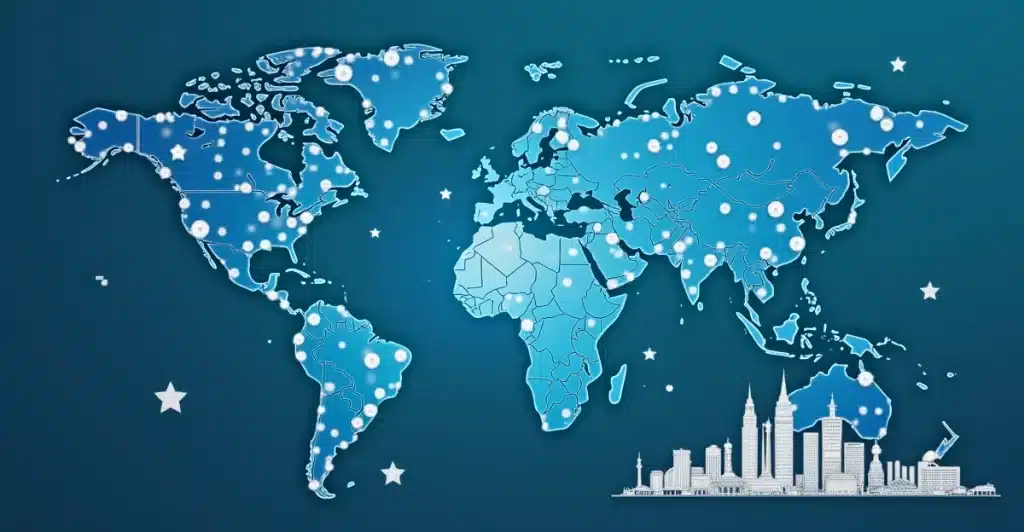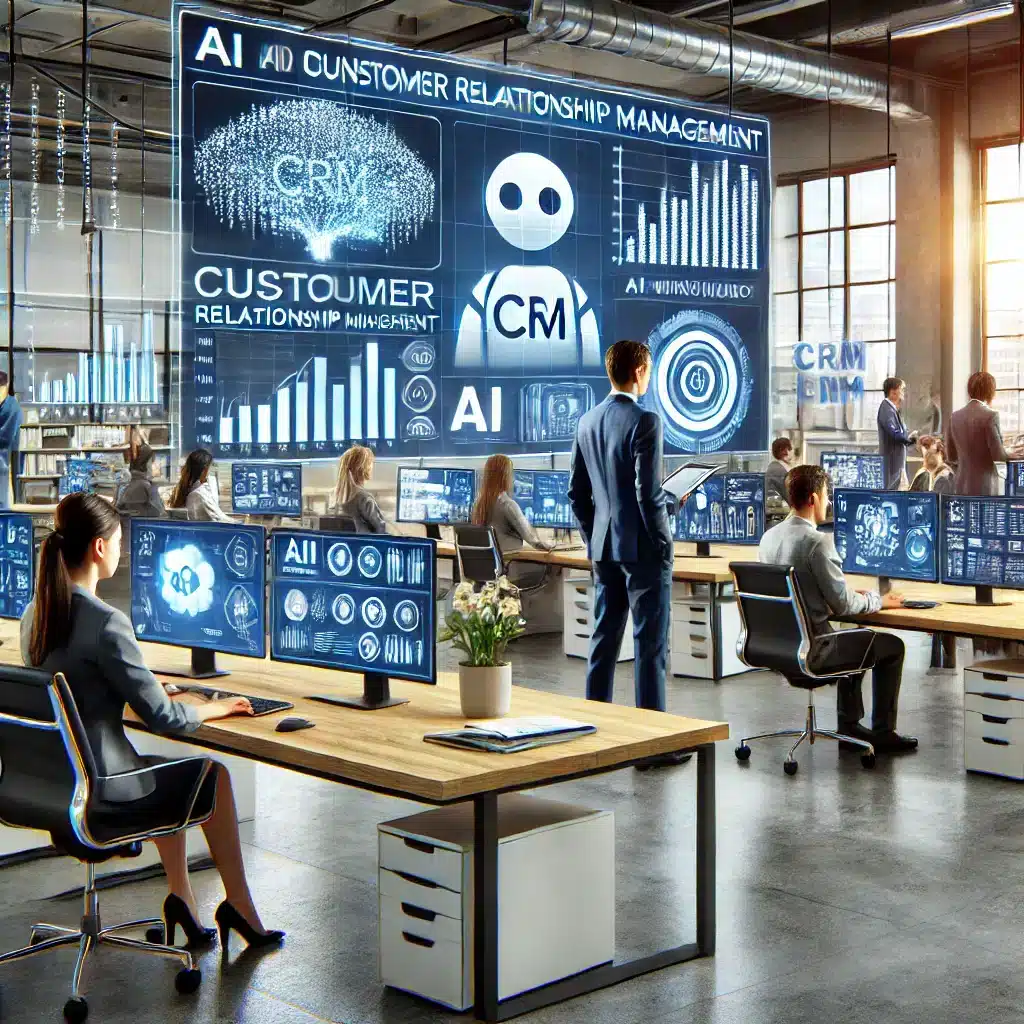Introduction to AI Controversies in the Creative Industry
Artificial Intelligence (AI) has made significant strides in various sectors, including the creative industry. However, its impact is not without controversy. From generating offensive images to raising ethical concerns, the use of AI in creative fields has sparked much debate. Understanding these issues is crucial for navigating the future of AI in creativity.
The Rise of AI Image Generators
AI image generators like Elon Musk’s Grok-2 have gained attention for their ability to create text-to-image content. According to Gizmodo, Grok-2 has stirred controversy by generating offensive images that lack adequate guardrails. This has resulted in bizarre and inappropriate images flooding social platforms.
Similarly, The Guardian reports that Grok’s new image generation feature has led to disturbing depictions of political figures and celebrities. Unlike other AI tools like OpenAI’s ChatGPT, Grok doesn’t reject prompts that depict violence or explicit content. Consequently, this raises significant ethical concerns.
Ethical Dilemmas and Safety Concerns
AI tools like Grok have faced criticism for their lack of adequate safety measures. The ability to produce images that violate ethical standards poses a threat to society. Moreover, this lack of control can lead to the creation of deepfakes and other forms of digital harassment. For example, Grok has been known to generate sexualized images of public figures, raising questions about consent and digital safety.
Moreover, these AI-generated images can spread misinformation. As highlighted by Gizmodo, the market is saturated with tools that once had inadequate guardrails but later implemented tighter controls. On the other hand, Grok seems to lag behind, still grappling with controversies and lax enforcement of guidelines.
Impact on the Creative Industry
The creative industry is significantly impacted by the controversies surrounding AI tools like Grok. While these tools offer innovative ways to create content, they also pose ethical challenges. Artists and creators must navigate these tools carefully to avoid misuse. Furthermore, companies need to implement stringent guidelines to ensure responsible use of AI.
In addition, AI-generated images can affect the credibility of creative works. When AI tools produce offensive or misleading images, they undermine the trust and authenticity of the content. Therefore, it’s essential to strike a balance between innovation and ethical responsibility.
Conclusion
AI has the potential to revolutionize the creative industry. However, the controversies surrounding tools like Grok highlight the need for responsible usage. By understanding the ethical implications and implementing strict guidelines, we can harness the benefits of AI while minimizing its risks. Ultimately, it’s about finding a balance that promotes creativity without compromising ethics.



